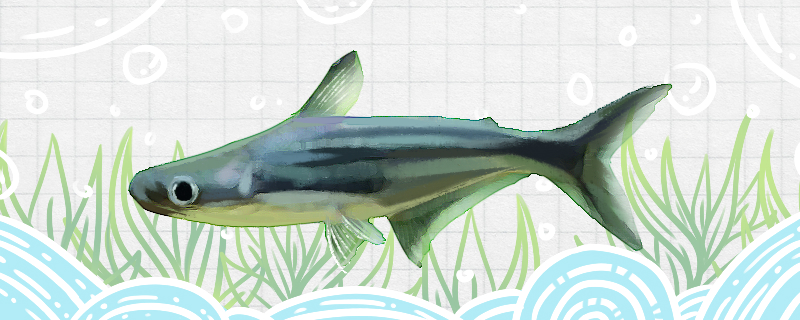 The body length
The body length
axe sharks 1. Water temperature: Axe sharks can survive normally in the water temperature environment of 20-34 degrees Celsius, but the most suitable water temperature for them is between 26-32 degrees Celsius. They have a wide range of water temperatures, but they are not resistant to low temperatures. When the water temperature is below 18 degrees Celsius, their behavior will become slow and their reactions will begin to be dull. When the water temperature is below 12 degrees Celsius, it will threaten their lives and cause death.
2. Water quality: Their metabolism is very strong and their excretion is very large. Therefore, it is very easy to pollute the water quality and affect the ornamental value of the water tank. Therefore, it is very necessary to change water regularly and appropriately to ensure the cleanliness of water quality.
3. Feeding: They are omnivorous. When they are young, their diet is dominated by zooplankton. During the adult period, the fish can be fed with aquatic plants and artificial feed. It should be noted that the protein content of feed is required to be between 28% and 32%.